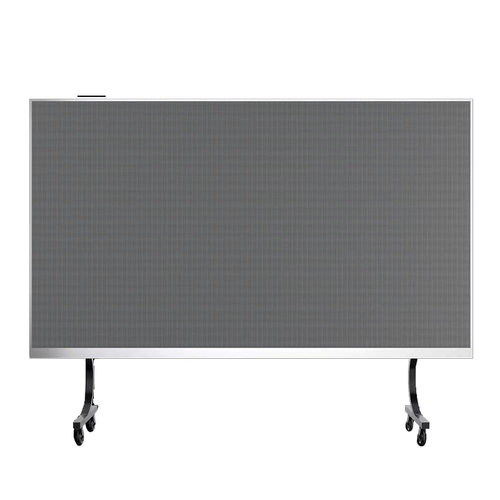Here’s how to spot the clear signs that your LED screen needs calibration, based on industry experience and the factors discussed earlier:
🔍 Visual Symptoms (Obvious to the Eye):
-
Uneven Color/Brightness (“Tile Lines”):
- Visible borders between panels/modules where color or brightness doesn’t match.
- Example: One panel looks warmer (yellow/red) while its neighbor looks cooler (blue/green).
-
Discolored Whites/Grays:
- Whites appear tinted (e.g., pink, green, or blue) in certain areas.
- Grays look “dirty” or uneven across the screen.
-
Brightness “Hotspots” or “Vignetting”:
- Sections noticeably brighter/dimmer (“cloudy” appearance).
- Corners or edges darker than the center.
-
Color Shift in Specific Areas:
- Reds/oranges look muted, blues appear purple, etc., localized to panels.
⚙️ Functional & Performance Indicators:
-
Recent Hardware Changes:
- After replacing a module, panel, power supply, or processor.
- (New parts behave differently from aged ones!)
-
Environmental Stress:
- Exposure to extreme temperatures, humidity, or direct sunlight.
- Post-transport (for rental screens) – vibrations shift alignment.
-
Extended High-Brightness Use:
- Screens running 24/7 at peak brightness degrade faster.
-
Failed LEDs (“Dead Pixels”):
- Clusters of dead/dim LEDs disrupt uniformity calibration data.
Test Pattern Diagnostics:
Perform these tests to confirm:
- Full-Brightness White Pattern: Look for discoloration/vignetting.
- Mid-Level Gray Pattern: Reveals subtle brightness/color drift.
- Single-Color Patterns (Red/Green/Blue): Expose weak or shifted LEDs.
⚠️ Critical Tip: Always verify screen temperature is stable (30+ mins runtime) before testing. Cold LEDs behave differently!
When to Act Immediately vs. Schedule:
| Symptom Severity |
Action |
| Severe |
|
| ▶ Visible tile lines |
Calibrate NOW (affects all content). |
| ▶ Major color shifts |
|
| Moderate |
|
| ▶ Subtle discoloration |
Schedule within 1-2 weeks (prevents worsening). |
| ▶ Minor hotspots |
|
| Mild/Preventive |
|
| ▶ Scheduled maintenance |
Calibrate quarterly (outdoor) or annually (indoor signage). |
| ▶ Post-burn-in (new screen) |
Recalibrate after 100-200 hours of use. |
❌ What Calibration Won’t Fix:
- Dead pixels/LED failures → Requires hardware repair first.
- Physical misalignment → Realign panels mechanically before calibration.
- Signal/power issues → Check cabling, processors, and voltage stability.
🔧 Pro Insight: High-end processors (e.g., Brompton Tessera) can flag calibration drift via software alerts. For mission-critical setups, invest in systems with health monitoring!
If you see ANY visual inconsistencies – especially in color-critical applications like broadcasting or control rooms – don’t wait. Calibration restores accuracy, extends screen life, and ensures your content looks as intended. ✅
 How to choose the right LED display for your application?
How to choose the right LED display for your application?
 What is meant by LED display?
What is meant by LED display?
 How often should LED screens be calibrated?
How often should LED screens be calibrated?
 How do you calibrate LED screens?
How do you calibrate LED screens?
